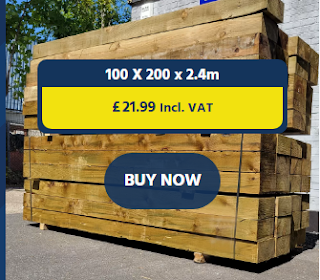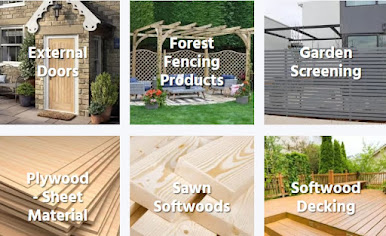Timber Skirtings and Architraves
Timber skirtings and architraves are popular choices for finishing the edges of walls and doors in both modern and traditional homes. They add a touch of elegance and sophistication to any space, while also providing protection to the walls and hiding any unsightly gaps or rough edges. In this blog, we will explore the benefits of using Timber Skirtings and Architraves, as well as some of the different types and styles available.
Benefits of Timber Skirtings and Architraves
One of the main benefits of timber skirtings and architraves is their durability. Timber is a natural material that is strong and resilient, making it ideal for use in areas of high traffic or potential impact. It is also a good choice for areas of the home that are prone to moisture, such as bathrooms and kitchens, as it resists warping and rotting.
Another advantage of timber skirtings and architraves is their versatility. They can be stained, painted, or left natural, allowing for endless design possibilities. Timber also comes in a variety of species, each with its own unique characteristics, making it easy to match the style and feel of any home.
Types and Styles of Timber Skirtings and Architraves
When it comes to timber skirtings and architraves, there are several different types and styles to choose from, depending on your personal taste and the overall design of your home. Here are a few popular options:
1. Bullnose Skirting: This type of skirting features a curved edge that creates a soft, rounded profile. It is a popular choice for homes with a traditional or Victorian-style design.
2. Square Skirting: As the name suggests, square skirting features a straight edge with a square profile. It is a versatile option that can work well in both modern and traditional homes.
3. Ogee Skirting: Ogee skirting has a concave profile at the top and a convex profile at the bottom, creating an elegant, curved design. It is often used in more traditional homes and can add a touch of sophistication to any space.
4. Colonial Architrave: This style of architrave features a simple, rectangular profile that is often used in more traditional homes. It is a timeless design that can add a classic, understated look to any room.
5. Modern Architrave: For a more contemporary look, modern architraves feature clean, simple lines and a minimalistic design. They are often used in homes with a more modern aesthetic and can add a touch of sophistication to any space.
Choosing the Right Timber for Skirtings and Architraves
When choosing timber for your Skirtings and Architraves, it's important to consider both the style and the durability of the wood. Some popular options include:
1. Oak: Oak is a strong, durable timber that is ideal for use in high-traffic areas. It has a warm, natural look and can be stained or left natural.
2. Pine: Pine is a softer timber that is easy to work with and affordable. It is a popular choice for DIY projects and can be stained or painted to match any design.
3. Mahogany: Mahogany is a luxurious, high-end timber that is known for its rich, deep color and durability. It is often used in more traditional homes and can add a touch of elegance to any space.
4. Maple: Maple is a light-colored, versatile timber that can work well in both modern and traditional homes. It is known for its strength and durability, making it a good choice for high-traffic areas.




Comments
Post a Comment